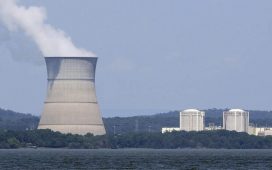The regulator is revamping its standing committee of analytics with revised terms of reference to fulfil specific requirements of RBI’s supervisory functions, a person familiar with the subject told ET.
The amended terms of reference of the panel now includes:
Assess the advanced statistical models being used in the department;
Assess the proposed models for ‘predictive analysis’, particularly use of AI and ML;
Assess capabilities of the existing staff engaged in analytics an recommend training;
Suggest optimal IT resources an system features for use of advanced analytical methods;
Assess global developments in the use of analytics for financial supervision so that new tools can be adopted.
At present the RBI’s department of supervision carries out offsite risk analytics, using mathematical models and statistics to derive insights and patterns from data. It analyses how risk models behave under different assumptions, gauging the impact on financial institutions in severe situations — an exercise known as ‘multivariate stress testing’. Besides the customary tracking of media reports, the central bank uses tools to monitor multiple high-frequency real-time indicators and reviews the current models from time to time.\

Addressing a seminar last November, RBI deputy governor Swaminathan J had said that the regulator was “working towards creating a robust analytics ecosystem to support its supervisory functions.” The subsequent decision to broaden the scope of the committee is in line with this plan.Financial services regulators as well as institutions in some of the markets tie-up with RegTech firms in taking steps towards better regulatory monitoring and compliance automation. Several stock market regulators deploy AI models to detect suspicious trading patterns and market manipulation, front-running and spoofing (which involves placing and cancelling orders, primarily through algorithmic trades, to create fake demand, short positions and disrupt the market).









